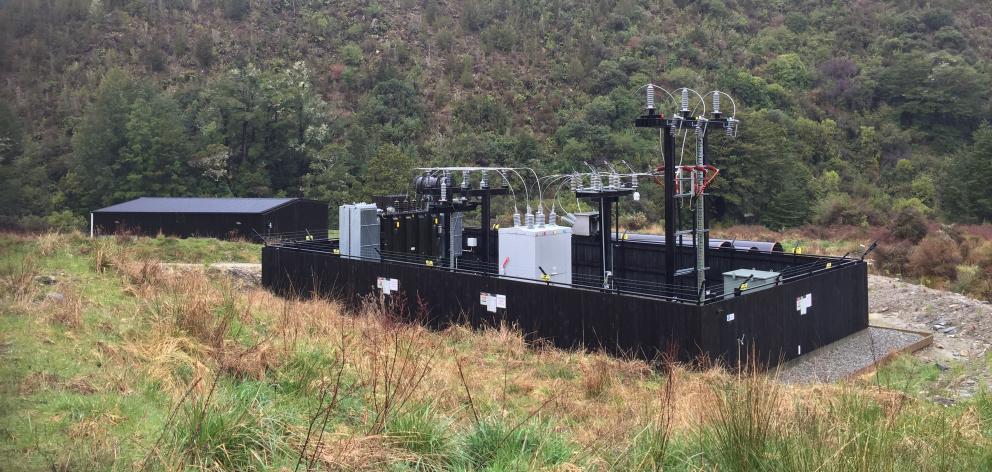
- Read main feature: Taking the path less travelled
- Twenty-five years at Owen River
The project is designed to leave at least 1 cumec (cubic meters per second) of water flow down the river at all times.
The development is able to have a low environmental footprint because the dam that formed the lake was created by a landslide about 300 years ago.
During times of heavy rains, which turn the Matiri River into a raging torrent, the hydro scheme takes only a small fraction of the overall river’s flow through its generator, says Pioneer Energy general manager contracting Peter McClean.
"In full flow it’s not unreasonable for the Matiri River to peak at over 80 cumecs, so when it floods, we take just a few percent" he said.
After delays due to a landslip, as well as the Covid-19 pandemic, the power station was finally commissioned at the end of 2020. Mr McClean said it was intended to serve the electricity grid for a very long time.
"There’s no reason the scheme couldn’t still be generating in a 100 years."
The project generates power equivalent to about two medium-sized wind turbines, which is enough power for about 4000 homes. While this is only about 0.05% of New Zealand’s electricity usage, Mr McClean said he was not disheartened the hydro project did not do more for the country’s power needs.
"It’s very small in the scale of things, but it is still a meaningful contribution. For example, it creates more power than the Murchison region uses, and whatever the local community doesn’t use goes into the national grid."
"A scheme like this, while it’s quite small, it’s a got a very low impact, and every piece of generation is important to the country."
- By Rudy Adrian












